If you read last week’s post, you know I’m doing a countdown of the most Gotham Calling books of 2020. Enjoy!
16. UNDONE BY BLOOD
Collected as Undone by Blood or The Shadow of a Wanted Man, the first arc of this kickass neo-western hits the ground running. It basically alternates between a classic western yarn about a retired gunslinger on a quest to recover his kidnapped son – a book-within-the-book – and a bloody grindhouse thriller, set in 1971, about a young woman in Arizona searching for the men who slaughtered her family.
The point, of course, is that both stories (and both genres) mirror each other, with the dual narrative simultaneously showing how fiction informs reality and how one also diverges from the other in key ways. Thus, on the one hand, colorist Jason Wordie and letterer Hassan Otsmane-Elhaou contrast the two by rendering the book-within-the-book as a pastiche of an old pulp (with muted watercolors and a typeset font) while making the 1971 bits arid and gritty as hell (with dusty, stained tones and more experimental balloon placements), at some points adding a third strand in the form of black & white & red flashbacks whose dialogue seems printed on crumpled paper. On the other hand, artist Sami Kivelä conveys continuity by drawing the different sequences through the aesthetics of a spaghetti western, complete with extreme close-ups and tilted angles…
Writers Lonnie Nadler and Zac Thompson are obviously western fans. The earlier issues of Undone by Blood finish with text samples from the book-within-the-book that you can actually enjoy in a non-ironic, non-intertextual way as just a satisfyingly gory, sleek bit of prose (‘His aim was always true. Suppose that’s why they wrote songs about it.’).
They also pull off the merger with 1970s’ exploitation cinema (including a pretty direct riff on Richard Fleischer’s See No Evil in the form of the killer’s spurs) remarkably well, from the palpable sleaze to the trippy action scene in the middle, which brings to mind the PCP-informed vibe of much fiction from that era. The result is a combustible mix of smoke and dirt and piss and vinegar.
15. ATLAS AT WAR!
The first of two impressive collections of classic war comics to come out last year, Atlas at War! reprints fifty tales originally published by Marvel’s predecessor, Atlas, between 1951 and 1960. Editor Michael J. Vassallo rummaged through the deluge of war titles spurred by the Korean War – including series such as War Action, Battlefield, Navy Combat, and Man Comics, among others – and came up with a pile of hidden gems.
Yes, most of these comics are set in Korea, which means stomaching un-PC depictions of evil, bright-yellow-colored enemies (for the most part, the same goes for the Japanese in the handful of World War II tales, although at least their depictions aren’t as dehumanizing as in the racist comics made during WWII itself). Yes, many of them take for granted the need to fight the ‘commies,’ with a few of them slipping into outright Cold War propaganda, most notably Hank Chapman’s and Paul Reinman’s ‘Atrocity Story,’ which is even drawn like a newsreel (you can practically hear an old-school patriarchal voice-over brimming with indignation). There are some surprises, though, including Joe Sinnott’s ‘The Man with the Beard!,’ originally published in October 1959, which still presents a sympathetic portrayal of Fidel Castro!
Besides their interest as a time capsule, these works can be eerily affecting. They capture the intensity of combat, usually dismissing the conflict’s larger motivations in favor of an empathic look towards the hardships of the grunts on the ground – these aren’t just tales of bravery and adventure, but also of brutal honesty about the random mortality on the frontline, sometimes shockingly switching registers to great effect (like in the 3-page ‘Cycle!,’ by Stan Lee and Joe Maneely). The overall tone is decidedly grim, if peppered with moments of excitement and occasional triumph. If these were movies, they would belong next to Sam Fuller’s The Steel Helmet and Anthony Mann’s Men in War.
Curious patterns abound. Following in the footsteps of Harvey Kurtzman’s and Jack Davis’ masterpiece ‘Mud!’ (which came out in EC’s Two-Fisted Tales), Atlas put out a bunch of stories that made the most out of the medium’s ability to powerfully illustrate the role of natural elements in the battlefield, including ‘Rain!’ (also by Maneely), ‘Snow’ (by Reinman), ‘The Big Bog!’ (by Jerry Robinson), and ‘Muck!’ (by Werner Roth). Another subgenre consists of pieces that detail the workings of particular types of strategies or weaponry, only to then culminate in ultra-bleak punchlines, like in ‘The Final Salvo’ or ‘Bouncing Betsys’ (both drawn by Robinson). Sam Kweslin, who had Polish Jewish ancestry and whose unit was on site following the liberation of the Dachau concentration camp, draws two personal tales informed by that experience: the realistic ‘City of Slaves’ and the noirish spy/horror hybrid ‘The Butcher von Wulfhausen!’
This type of collections sometimes recolor old comics with a modern, digital-looking style, often with awful results (Dark Horse’s EC Archives is a grievous example). This is thankfully not the case with Atlas at War!, where Allan Harvey’s stellar art restoration secures a granular texture akin to that of the original works, warts and all, albeit with a much higher quality of paper. Among the most visually arresting compositions, I would highlight Jack Kirby’s ‘Ring of Steel!’ (about the Hungarian uprising) and Gene Colan’s ‘Death Stand’ (which, curiously, features a soldier called Lee Kirby!).
It’s a stunning, thought-provoking artefact. Everything about this book – co-published by Marvel and Dead Reckoning (the graphic novel imprint of the Naval Institute Press) – seems carefully considered and put together. The cherry on top is Vassallo’s informative introduction, which contextualizes Atlas’ history, the 1950s’ boom of war comics, and the specificities of the various talented creators involved in the selected tales (most of them WWII veterans themselves).
14. DC GOES TO WAR
DC wins this one, but only barely. Compared to Atlas at War!, DC’s collection of war comics offers less quantity (seventeen stories, ranging from 6-page tales to a 100-page epic) but much more diversity, reprinting material first published between 1941 and 2001. As a result, the enjoyment is twofold: on the one hand, we get a handful of genuinely great war comics; on the other hand, because DC Goes to War is organized chronologically, we get to see the evolution of military fiction across the decades and reflect about how each era and creator shaped distinct discourses about warfare.
The book’s opening World War II-era aircraft yarns are still pretty crude: the first Blackhawk comic, notable for the fact that its hero is a Polish pilot dressed in a Gestapo uniform, and a Hop Harrigan adventure that seems designed to spotlight the functions of different people in combat planes, much like Howard Hawk’s movie Air Force (with which it also shares some blunt racism regarding the Japanese). This is followed by a Boy Commandos yarn that ramps up the propaganda even more, but because of the high-pitch energy of the Joe Simon & Jack Kirby creative duo the result has a sort of madcap vibe (even as it addresses real-world atrocities taking place at the time). This cartoony approach to mass murder – complete with funny accents and all! – makes for quite a contrast with the following story, a short 1958 piece about a bombardier who has to take over his airplane’s machine guns during a particularly chaotic flight, conveyed in a fairly realistic style by Ed Herron’s gritty script and John Severin’s elegant linework. The latter style is dominant throughout the rest of the collection.
The bulk of the material was written by the prolific Robert Kanigher, including the very first appearances of Sgt. Rock of Easy Company (the stoic commander who I assume inspired Marvel’s Nick Fury), Pooch (the brave dog who would later join the Losers), and the Haunted Tank (where the ghost of a confederate cavalry leader, with his ‘gay, reckless laugh,’ is a force of good – different times!). Kanigher’s dialogue is slang-heavy and hardboiled, although not without playfulness (‘I didn’t need the blinding flash that ripped into us to remind me that I was talking through my green beret…’). Moreover, he had a knack for coming up with badass action set pieces and memorable characters, having also created the spunky French Resistance hero Mlle. Marie and the honorable World War I German pilot known as Enemy Ace, who show up here as well – the latter in one of the few non-WWII tales, together with ‘The Glory Boys!’ (an Alex Toth-illustrated Civil War piece) and ‘Cold Steel for a Hot War!’ (a brutal Vietnam yarn).
Regardless, Vietnam looms heavily even over the World War II-set comics from the early 1970s. ‘Head-Count!’ is a provocative commentary on the My Lai massacre (as compellingly argued by Colin Smith). ‘8,000 to One!’ reflects the pungent angst of David Michelinie’s and Gerry Talaoc’s underrated run on the spy series The Unknown Soldier. ‘The Pool’ is a quasi-poetic piece (by Len Wein, Marv Wolfman, and Russ Heath) lamenting the reoccurrence of war throughout the ages by movingly juxtaposing different time periods…
As usual with these things, you can argue about the absences (any tale from Mark Evanier’s and Dan Spiegle’s run on Blackhwak would’ve fit in nicely), but ultimately every story collected here is a classic, historically interesting, and/or a hard-hitting example of the genre, including work by the most iconic artists in this subfield, from Jerry Grandenetti to Joe Kubert.
The selection builds on an earlier compilation by Michael Uslan, originally published in 1978 as America at War. Editor Scott Nybakken has added further material, though, most notably three stupendous epics which by themselves justify getting your hands on this book: 1985’s The Losers Special (by Kanigher, Judith Hunt, Sam Glanzman, and Michael Esposito), a two-fisted Sgt. Rock adventure at the Battle of the Bulge (by Chuck Dixon and Eduardo Barreto), and 2001’s witty mini-series War in Heaven (by Garth Ennis, Chris Weston, Christian Alamy, and Russ Heath). The latter, in which Enemy Ace is recruited to fight in WWII’s Eastern Front, is notable not just for being a poignant take on the opposite side of this conflict, but also for being the first war comic Ennis wrote in the earnest, meticulously-research style that would become the trademark of this master of military fiction, making it a fascinating artifact in the recent history of the genre.
That said, given that these comics are so closely tied with their historical context (in terms of both the depicted setting and their production background), DC Goes to War seriously needed at least one introductory essay. Indeed, if not for its tremendous range, this volume would no doubt rank lower than Atlas at War!, which has much better production values. Even the color reconstruction falls short of Allan Harvey’s work in that volume, although Digital Chameleon, Michael Kelleher, Lee Loughridge, and Drew Moore nevertheless did a fine job in terms of restoring the original palette and pleasingly smoothing out some rough edges without challenging the source material’s overall look.
13. THE RIDE: BURNING DESIRE
Back in 2004, The Ride was by far one of the coolest crime comics around, as different creators threw themselves into all sorts of violent, balls-to-the-wall thrillers, unified by the presence of a 1968 Camaro. Just in time for that series’ 15th anniversary, Doug Wagner – who wrote the original’s opening and closing arcs – brought back Samantha Vega, the Atlanta P.D. detective from The Ride’s very first story, recently released from prison and working as a bouncer at an exotic dance club (the car is also back, of course). When one of the dancers dies in mysterious circumstances, Vega risks her parole to investigate the possible murder, only to find herself once again in a Tarantinoesque explosion of sexual fetishism, deadly mayhem, and black comedy.
Daniel Hillyard’s sharp linework is clear enough to let the situations’ sick cruelty and/or humor speak for themselves. In the biggest departure from the original, though, this comic isn’t black and white, but rather vibrantly colored by Laura Martin and Charlie Kirchoff, who smack us with a dazzling palette, especially in the club scenes:
In a nod to the earlier series’ anthology format, Doug Wagner adds a bunch of short backup stories about some of the dancers at the club, drawn by Adam Hughes, Doug Dabbs, Chris Brunner, Cully Hamner, and Tomm Coker (the latter three are veterans from the original The Ride). They all look smashing: playing to each artist’s strengths, Coker gets the most action-heavy tale of the lot, while Hughes’ gets the kinkiest one (which led to the book’s sleazy cover). A hoot!

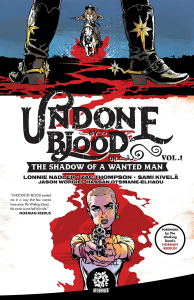
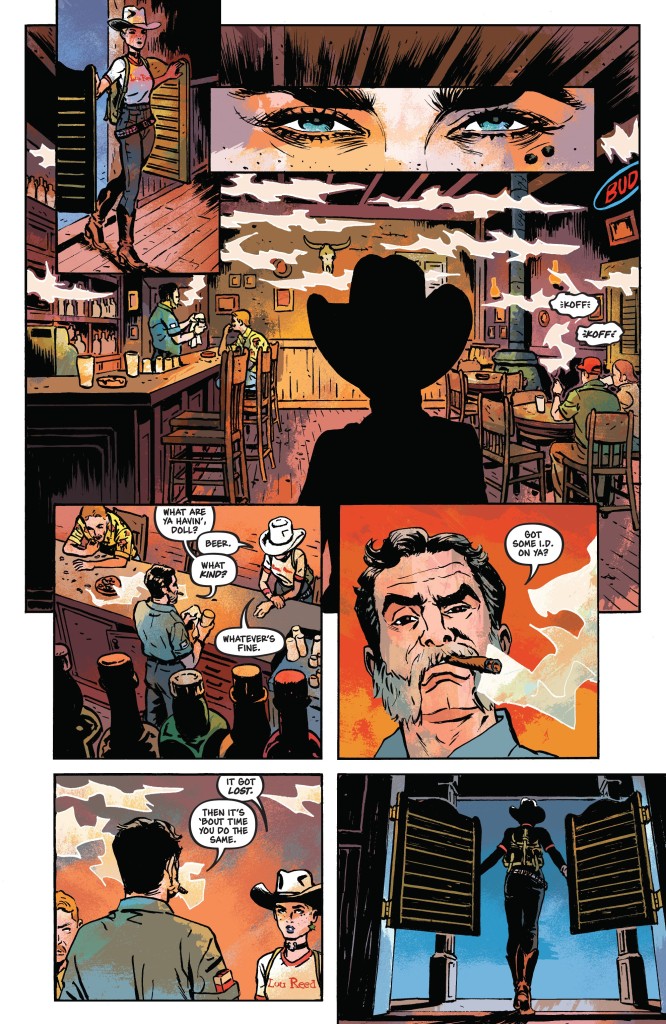
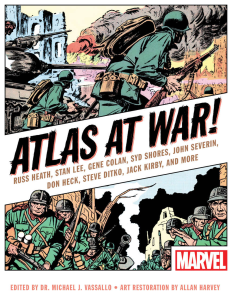
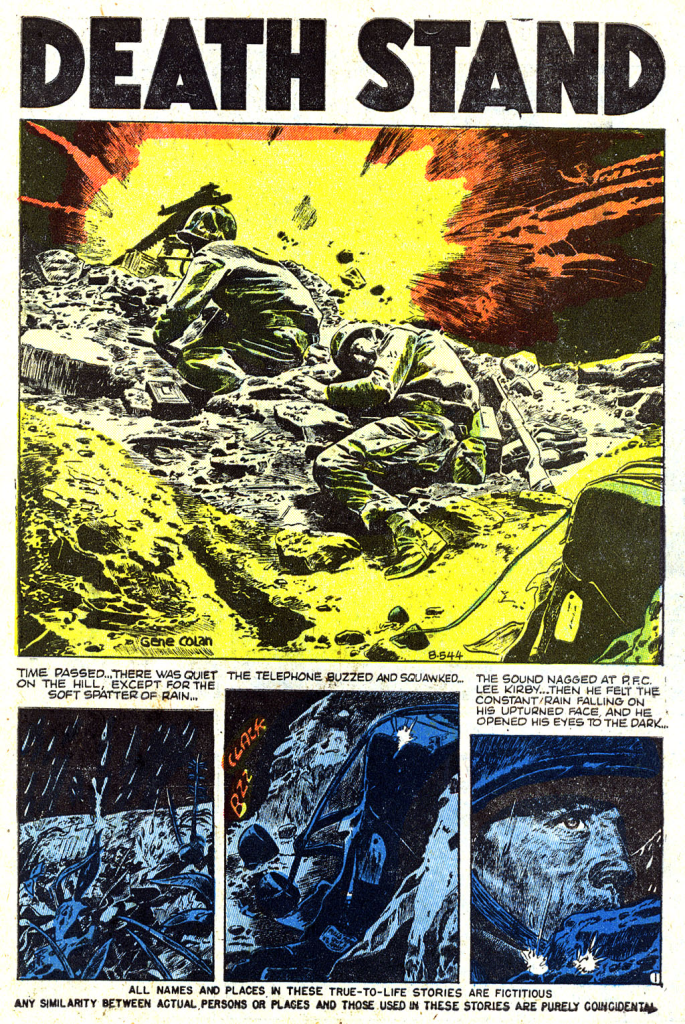
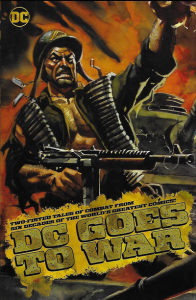
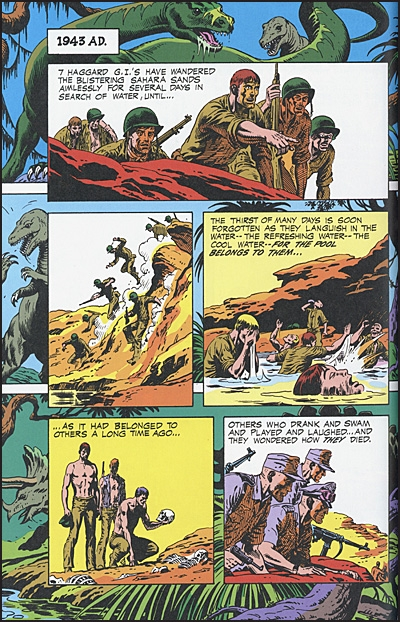
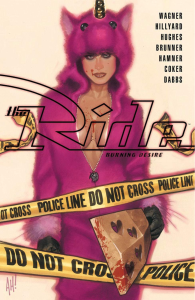
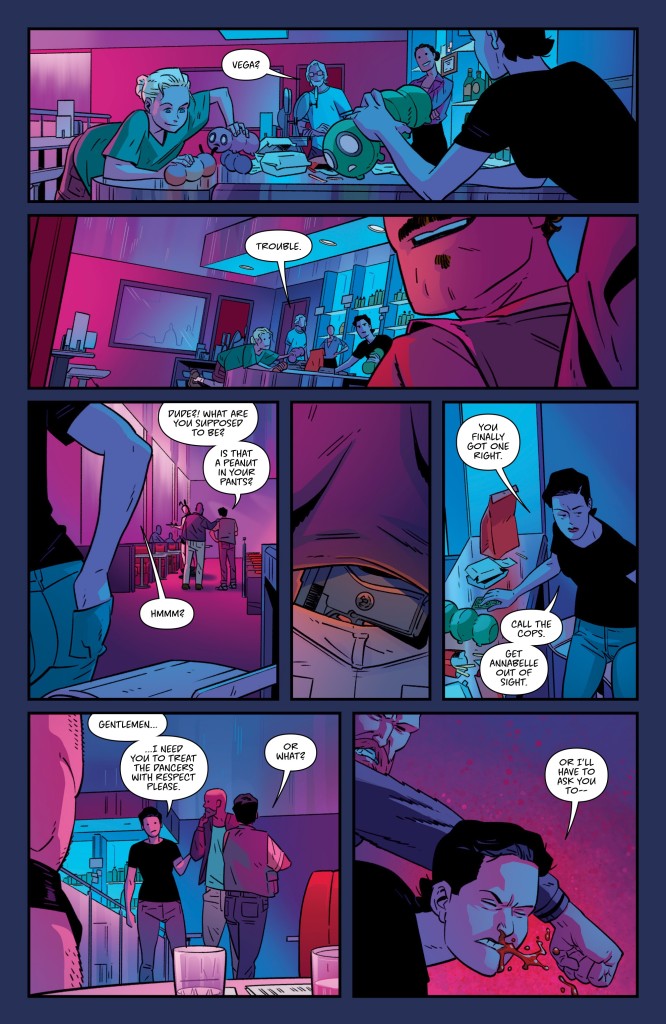
“which still presents a sympathetic portrayal of Fidel Castro!”
The last thing anyone needs.
Castro was a creep and his disciples led my country, my society and my loved ones to ruin and misery.
This is why it’s so fascinating to see (pre-)Marvel put out an enthusiastic comic about him, at a *very specific* window of time when he meant something so different than what he came to represent in the US… Just a few months later, it would become unthinkable for them to do so!